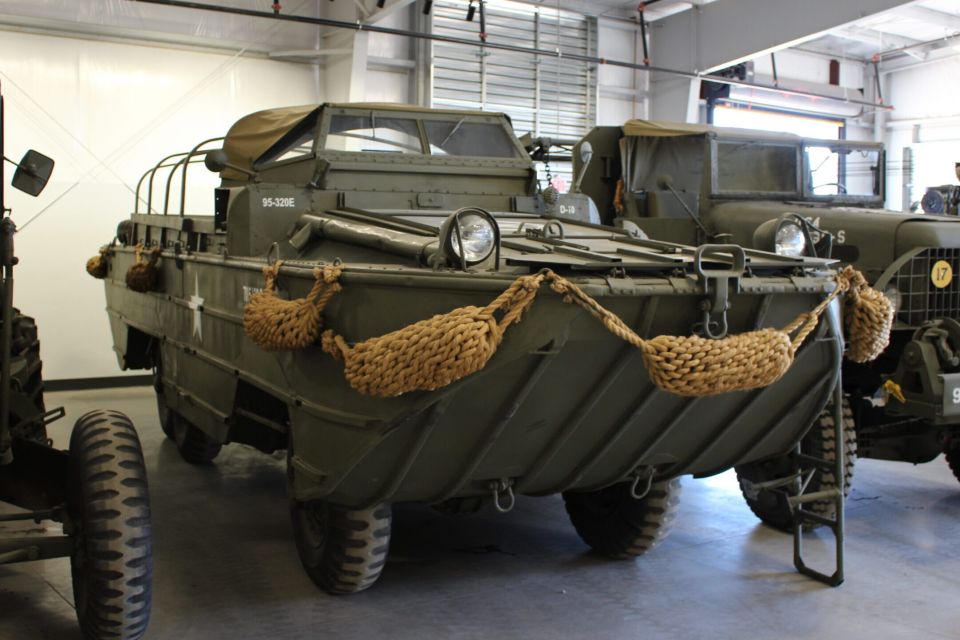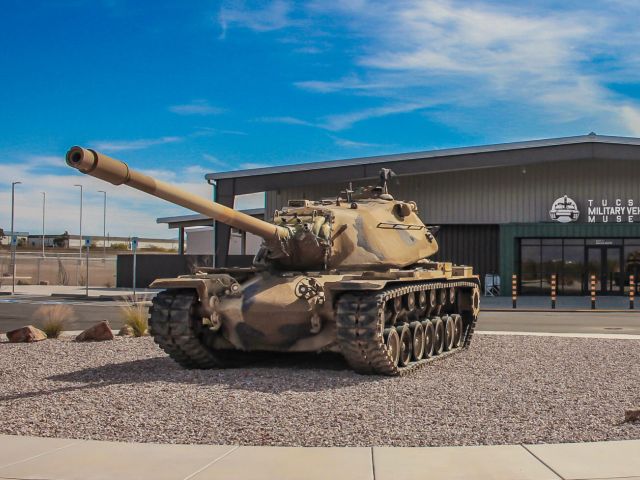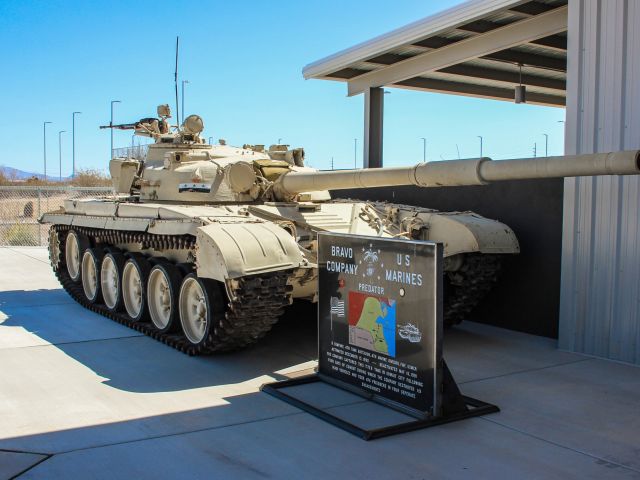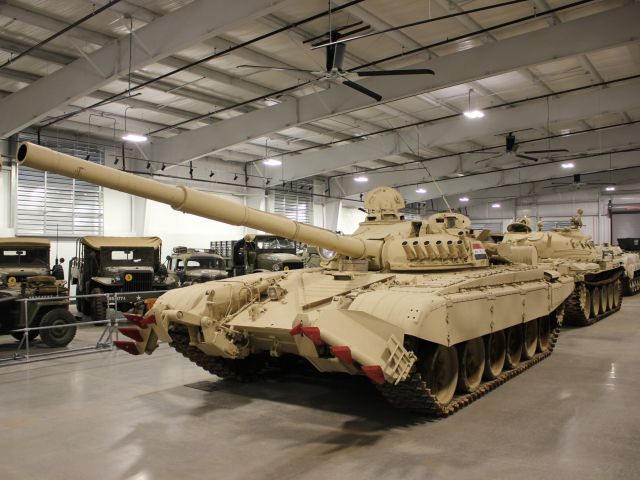Technical Specifications
-
Enter Service:1942
-
Crew:1
-
Weight:13,600 lbs
-
Dimensions:Length: 31ft, Width: 8ft, Height: 8ft 10in
-
Armament:Ring mount for.50in M2 Browning machine gun fitted to 1 of 4 DUKWs
-
Armor:1/8in steel
-
Powerplant:GMC 270 6-cylinder in-line, overhead valves; 104hp
-
Performance:Speed: 50 mph on land, 6.4mph in water; Range: 400 mi on road
Description
The DUKW, unofficially pronounced Duck, was a six-wheel-drive amphibious modification of the 2 1/2-ton CCKW truck operated during World War II and the Korean War. The acronym DUKW originated from General Motors Corporation (GMC) model nomenclature; -D 1942 production series, -U utility, -K all-wheel drive, -W tandem rear axles, both driven. With oversight of the U.S. military, the DUWK was created by a partnership between Sparkman & Stephens and GMC.
The DUKW was designed to resolve the problem of immediate “ship-to-shore” resupply to units engaged in amphibious landing operations. To minimize weight, no armor was used in the construction of the vehicle. It was plated with sheet steel less than one-eighth of an inch in thickness. It was also the first vehicle to allow the driver to adjust tire pressure from inside the cab. This capability added to the DUKWs’ adaptability as both an amphibious and land transport vehicle.
Between 1942–1945 nearly 21,100 DUKWs were produced. Over 3,000 were supplied to British, Australian, and Soviet forces under Lend-Lease. DUKWs were initially deployed to the Pacific Theater for use in the Island-hopping Campaigns. The tires facilitated the crossing over jagged coral reefs and secured victories on multiple Islands including Saipan and Guam. The DUKW first entered combat in Europe during the invasion of Sicily and was later used on D-Day. It easily traversed the European waterways and continued in service during World War II and was later used during the Korean War.
From the Count Ferdinand von Galen Collection, donated by his family in memoriam.





